Eric Johnson and Mike Stern talk joint album Eclectic
Two guitar geniuses, one record
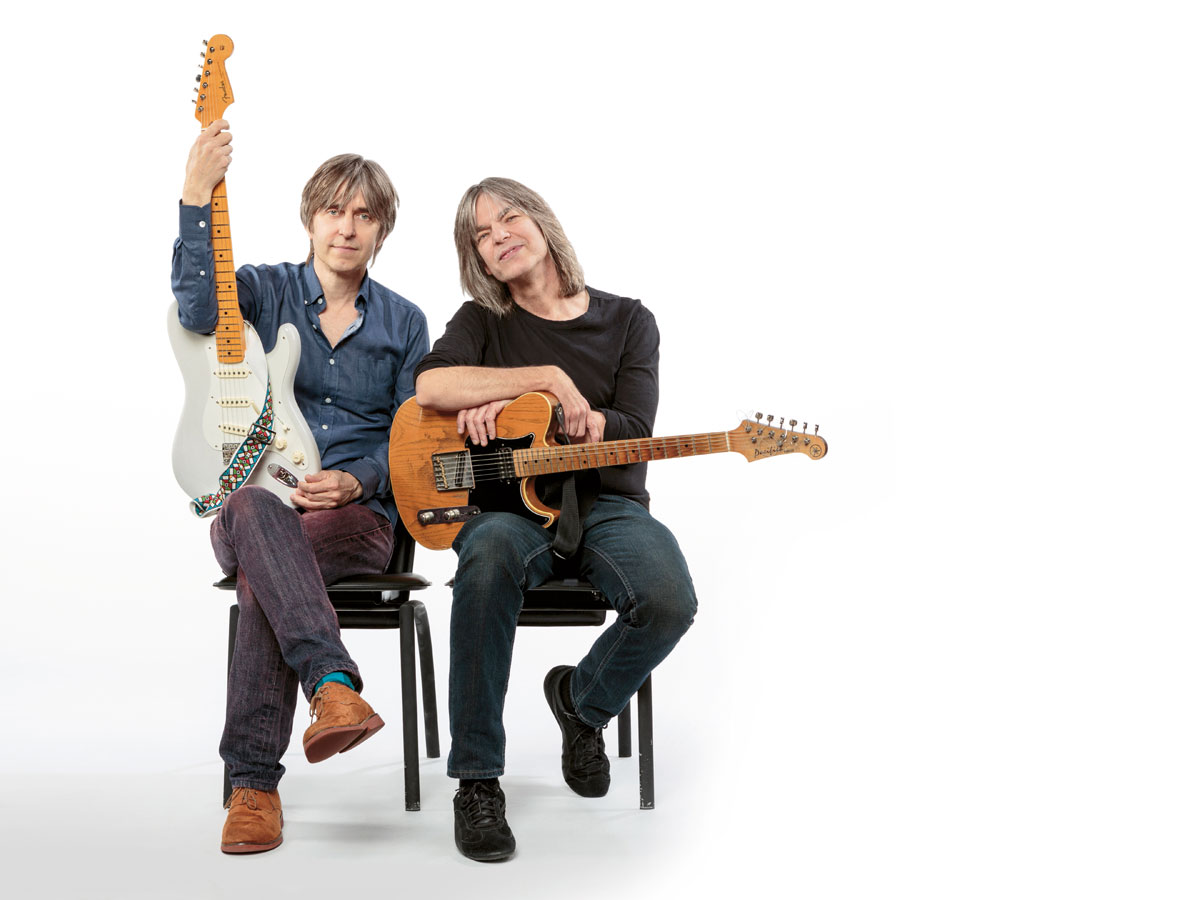
Introduction
When Eric Johnson, one of the most revered guitarists in the world, got “out of his comfort zone” to trade licks with jazz heavyweight Mike Stern in the studio, it looked like a clash of the titans. We caught up with Eric and Mike to talk about their new album Eclectic and pick the brains of these two modern masters - who are now firm buddies...
Eric Johnson and Mike Stern initially seem an unlikely duo. Johnson’s the pioneer of a virtuosic yet gutsy style of blues- fusion guitar that Joe Bonamassa and many others have since emulated.
By contrast, Stern is one of jazz guitar’s most imaginative and energetic players. A former musical sparring partner of Miles Davis and Jaco Pastorius, he’s “a real seeker on guitar”, to quote Johnson. So what happened when the thinking person’s shredder met the jazz maverick?
The fine results can be heard on the duo’s new album Eclectic. Ranging from rockabilly-meets-bebop wig-outs to serene tone poems, there’s plenty any guitarist can learn from listening to Johnson and Stern’s sparky interplay.
Here, we catch up with both players to talk about tone, gear and how to become a better, more capable picker every day...
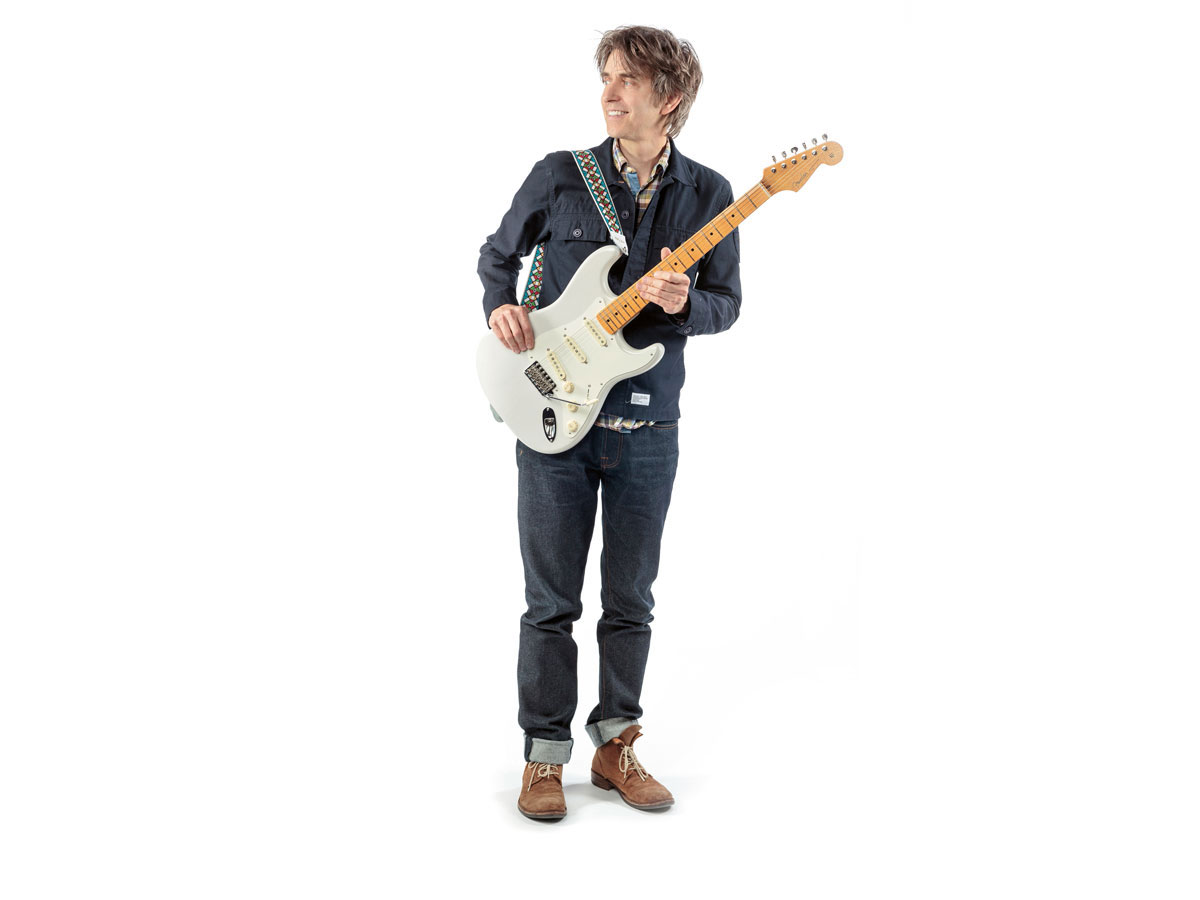
Eric Johnson interview
How did you come to start playing with Mike Stern?
“Well, I worked on his record, Big Neighbourhood. He asked me to do a cut on it, and so we just kind of met then and did that song, and then decided, ‘Well, we ought to do something some day’.
"We never planned anything, but then the Blue Note Club in Manhattan called up and said, ‘Hey, you guys want to come and play a week in New York?’ and we thought, ‘Ah, that’d be fun’, so we started to put a band together and just played the whole evening together.”
What do you admire about Mike’s playing?
“Well, firstly I think he’s just a great songwriter - I love the ballads he writes. He’s very sensitive and careful about writing a good composition. That’s very important to him, and so I think the big picture is that it’s about music and it’s about the composition.
"[With jazz] you start to realise, ‘Oh well, if you wanted to play lead, it’s just about extracting the notes that are in those chords’
"And then if you can figure out a way to play some good instrumental soloing or whatever within that, that’s all good. But you don’t want to sacrifice or lose a song, and I think that’s kind of the way he operates. So I admire that about him, and he’s a great player. He knows just so much of the old-school Charlie Parker and Coltrane stuff. He knows it backwards and forwards.”
Does playing alongside Mike, with his focus on jazz, push you out of your comfort zone to any degree?
“Well, yes. I mean, I think it pushes me to try to think more harmonically. And it’s more fun to get out of your comfort zone, really, because I guess a comfort zone is just re-doing everything you know, over and over, and that is maybe not as stimulating.”
A lot of players who start in blues end up wanting to venture into jazz, but don’t know how to get started. What are your tips?
“Well, you know, really it’s just about chord changes and playing the notes that are within those chords. And it’s more about that than it is about playing lead and then putting chords on later.
"If you were to just re-think your thought process, to ‘forget everything but chords’, then the sky’s the limit. You start to realise, ‘Oh well, if you wanted to play lead, it’s just about extracting the notes that are in those chords’. Then there are what you’d call ‘passing tones’, where there are notes not in the chords, but they’re recessive notes that just lead into the dominant notes in the chords.
"So, really, if you come at it from a rhythm player direction and just study the chord changes, that’d be the quickest, most efficient way, I think. You should also check out Charlie Christian and Django Reinhardt and all the old guys, Kenny Burrell, Jo Pass... they play a lot of simpler stuff. Not simple, but not fast and furious, where you can’t get inside of it, you know?
“But I’ve got just miles and miles to go to really learn what the heck I’m doing. I mean, I learn a little bit more each year or whatever, or if I’m around a really great jazz player like Mike, you know, I learn a lot from them, but I think the more I learn, the more I see, you know?
"The path ahead to really assimilating more is just to get the chord thing together - because from that comes the soloing, which is kind of backwards to the way we often think about it.”
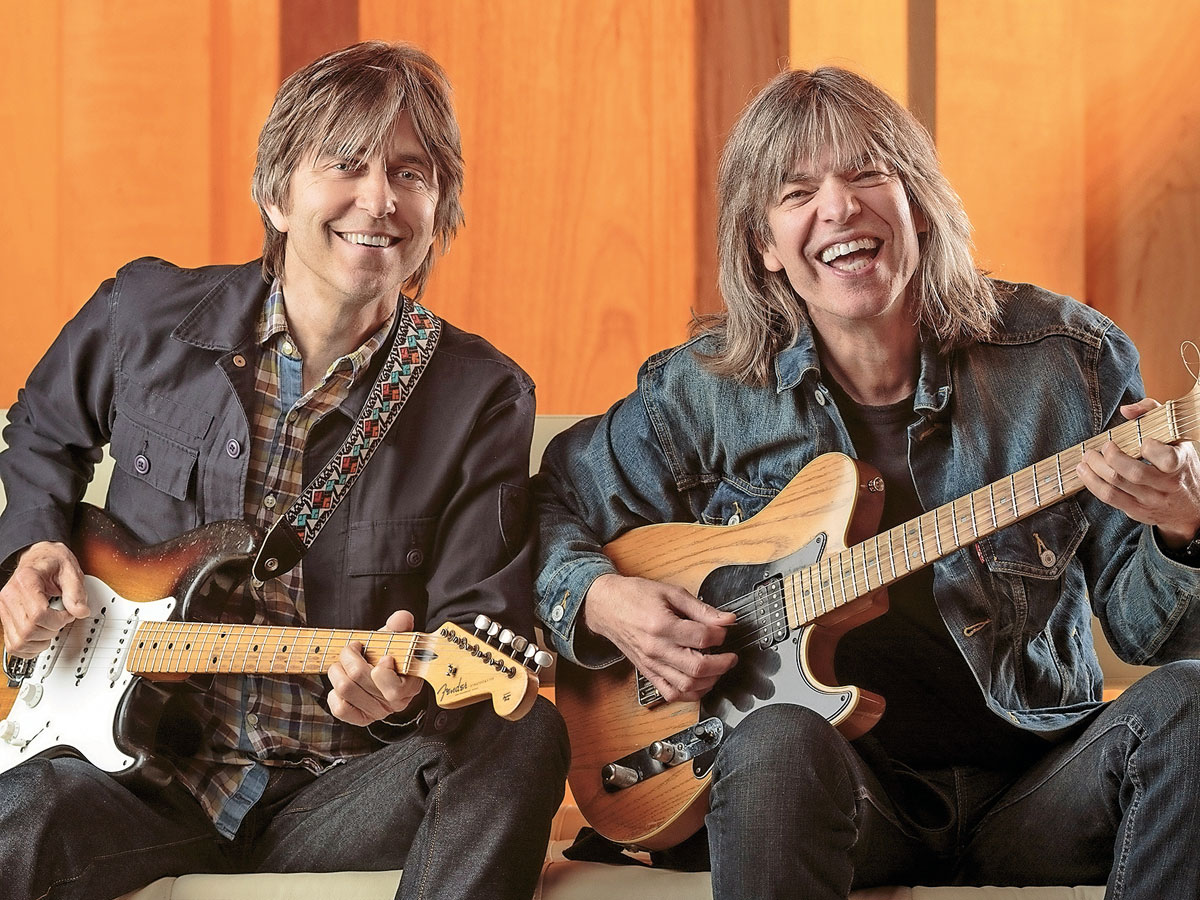
The recording rig
Did you and Mike record your parts separately - or did you play in the same room, trading licks as you might on a stage?
“Most of those solos are all live. We’d maybe go back and fix a little section here and there, but not a lot of it. So when we did start recording, we were playing solos live and everything - we tried to keep it as live as possible, with as few overdubs as possible.”
"I add a volume pedal when I play with Mike, because sometimes when he’s soloing, I like to use the volume pedal swells for the rhythm"
Does that give a guitar album more energy, in your view?
“Yes, it does, but also it’s me kind of wanting to go in that direction. I’m seeing a bit of the dead-end folly in the way I’ve made records over the years. I think if that becomes the way you always make records, where you take years and you play everything 5,000 times, something gets lost. And I’m starting to hear that more and more, and so I’m thinking, ‘Well, the real antidote to that is to really become more live and spontaneous’. So I think going in that direction is just going to produce better music.
"I mean, there are solos on this record that I would have redone and maybe played them better. But rather than playing it 10 more times to make the solo better, why not keep walking forward - and just make your live performance better?”
What kind of rig did you take into the studio?
“I use pretty much the same thing all the time. The only thing I change is the amplifiers. It’ll be the same kind of amplifiers, but I’ll just scale them down wattage-wise. So with this thing with my four-piece, instead of using a 100-watt or 50-watt Marshall for dirty rhythm I use this 18-watt amplifier that Bill Webb built, which is really wonderful. It’s kind of like an 18-watt Marshall on steroids or something.
"And then I use a 50-watt Marshall for lead instead of a 100-watt Marshall, and a couple of old Deluxe Reverbs instead of Twin Reverbs, so it’s kind of the same set-up, just scaled down wattage-wise.
“The board, the pedals, are exactly the same. The only thing I do is I add a volume pedal when I play with Mike, because sometimes when he’s soloing, I like to use the volume pedal swells for the rhythm because it seems to kind of add a kind of orchestral thing behind it.”
Guitar-wise, was it all on Strats?
“Yes, except for I used an ES-335 on Red House and I used an ES-175 on Tidal.”

Setting it up
How do you set your amps up, in terms of gain and EQ?
“Well, I use two different types of Marshalls. Usually, I’ll use the earlier JTM Marshalls, like a mid-60s for my dirty rhythm tone - which is really more like a Tweed Fender.
PQ "For my lead tone, I kind of prefer the JMP circuitry, which is late-60s, because it has a little more of a mid-focus and it’s gain-ier"
"The circuitry in those is a whole lot like a Tweed Fender, where they have that really nice glassy top and a lot of bottom, and then I’ll run those with the EQs on about halfway up, and the volume about seven or so, and then use a Fuzz Face on that, or whatever.
“But then for my lead tone, I kind of prefer the JMP circuitry, which is late-60s, because it has a little more of a mid-focus and it’s gain-ier, so I can kind of articulate the sound a little bit more with this gain-y kind of middle sound, like more like a kind of violin thing, and then I use the Tube Drive on that. Oh, and I put those controls all the way up. I turn the amp on 10 for them. Actually, on that, I run the amp on 10 but I turn the tone controls down.”
What is it you like about drive pedals, as opposed to just plugging straight in?
“I would like to just plug straight into the amp, they just don’t have enough gain, you know, to get that real sing-y thing. So what I do with the two Tube Drivers, really, I’m trying to get the Marshall to stay as much like it sounds as possible, just with more gain.
"But then, also, I like using a fuzz tone - I like getting the kind of Hendrix thing - but you know, I love the way the amp sounds just straight in, if you just had more gain on it or something.”
You're known for being quite particular about authentic, organic tone - so what do you make of the recent advances in modelling amps?
“I think it’s a great idea, and the stuff I’ve heard is getting better all the time. To me, it doesn’t quite work with what I like to do - there’s still something missing to me. But I believe it’s going to happen. It’s kind of like digital recording, you know, it gets better all the time, and I think it’s just a matter of the points of the sound at which you sample.
"I’m actually doing a project with a company where they have a brand-new, revolutionary type of sampling, and we’re going to do an experiment sampling some of my stuff, and see where that leads. I love the idea - I would love to be able to show up with two tiny amplifiers and have all the sound I wanted. It’d be great.”
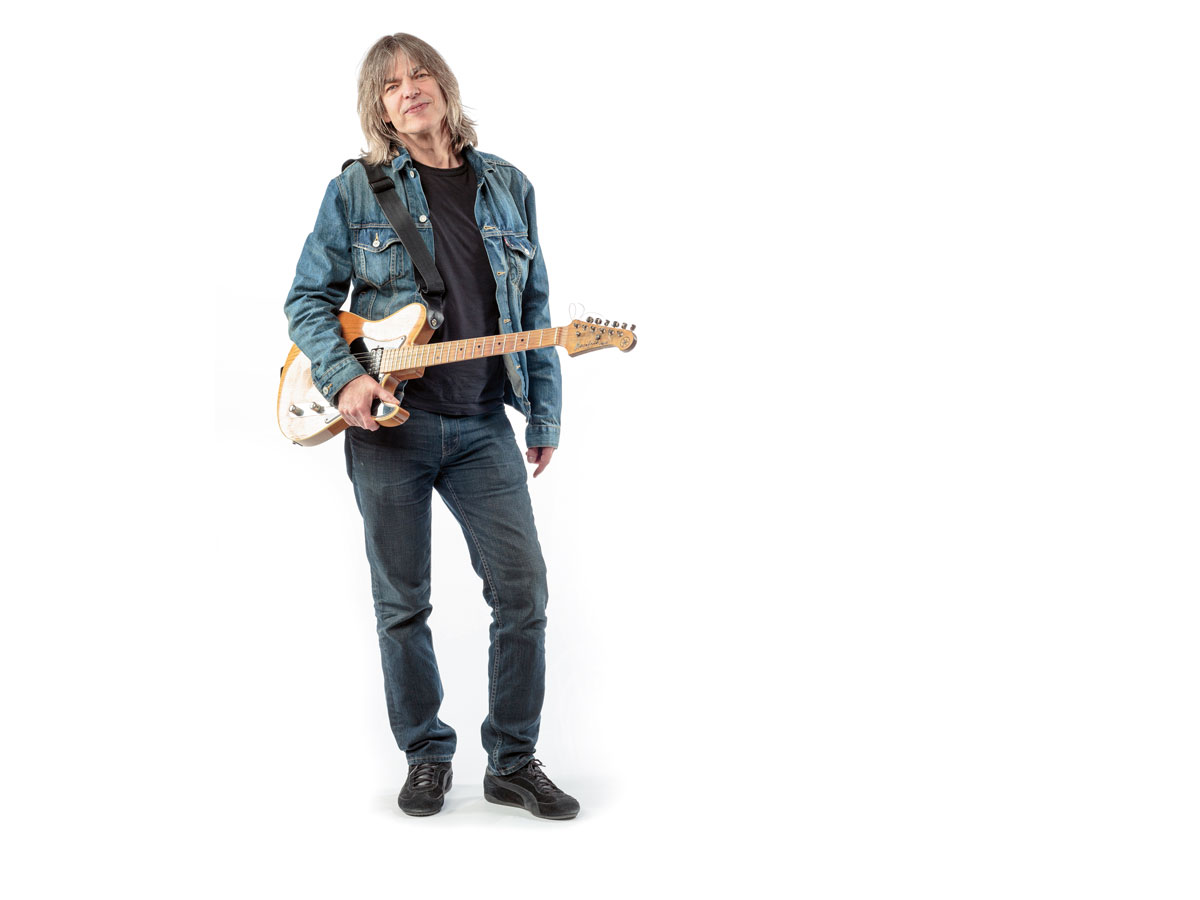
Mike Stern interview
The other half of Eclectic’s dynamic duo is jazz heavyweight Mike Stern, whose guitar style is super-creative, articulate and assertive.
Here, Mike explains how to make mediocre licks great, why Eric’s playing reminds him of the late Danny Gatton, and recalls epic sessions with bass legend Jaco Pastorius...
The blues-jazz soloing on Eclectic fizzes with invention. But what’s most impressive is how great the phrasing is. How do you avoid the trap of just ‘doodling’ when you solo?
“At first, I was just a rocker and blues player. And I really just learned by ear, to a point. But jazz is harder music. That doesn’t make it better for me, because some of my favourite s**t is the simplest stuff in the world, but that is also music that I love.
"I certainly try to phrase in such a way that it sounds like sentences, like you’re a having a conversation"
“And there are some very simple jazz things that I love, too. But a lot of times, jazz is more intricate; there’s more harmony, more changes going on. But like I said, the fact that jazz is harder is not the reason I love it.
"To learn the language took a lot of studying, but when I did get into jazz, my blues and rock playing, everything... my whole musical potential went up some, just because I was taking on a new challenge.
“And when I was learning, it was always strongly recommended to me to go really slow. I wanted to play effortlessly, like I could play blues at that point: with some heart, you know? But I had to be very self-conscious at first and phrases weren’t being completed at that point [laughs]. I was just learning how to get into that world.
“But, anyway, the more I’ve gotten into it, the more I’ve realised that the greatest jazz players that I listen to, like Sonny Rollins or Wes Montgomery, or Jim Hall... some of them played a lot of notes, some of them played a few notes - but they all went for different ideas, and sometimes they’d miss stuff, but they would usually complete their [musical] sentences and their phrases.
"Not 100 per cent of the time, because sometimes they would stammer and go for some other s**t. And I kind of liked that, too; some rough edges. But I certainly try to phrase in such a way that it sounds like sentences, like you’re a having a conversation.
"Me and Eric, sometimes we trade off each other, and I’m really trying to take off from where he left off and converse with him more directly.”
Expressive solos are often described as having a vocal quality. Is there a connection between singing and good soloing?
“You know, I’ve been singing for a while now. I tell my students sometimes to try to sing what they’re playing on the guitar. You know, just to sing, to try to get the notes from their chest - kind of from their heart. You know?
“I know Jim Hall used to kind of sing very, very softly when he played and you couldn’t hear it, but I could hear it because I played with him some. And you could hear it, him singing along. To me, when you play an instrument that’s not a horn, it’s really good to do that kind of stuff.
"And Eric has that sensibility anyway because he sings as well. You know, he’s been singing for a while on his gigs. So he definitely has that kind of sensibility which, to me, makes his playing sound more like singing and more like a horn, kind of. We both have that in common.”
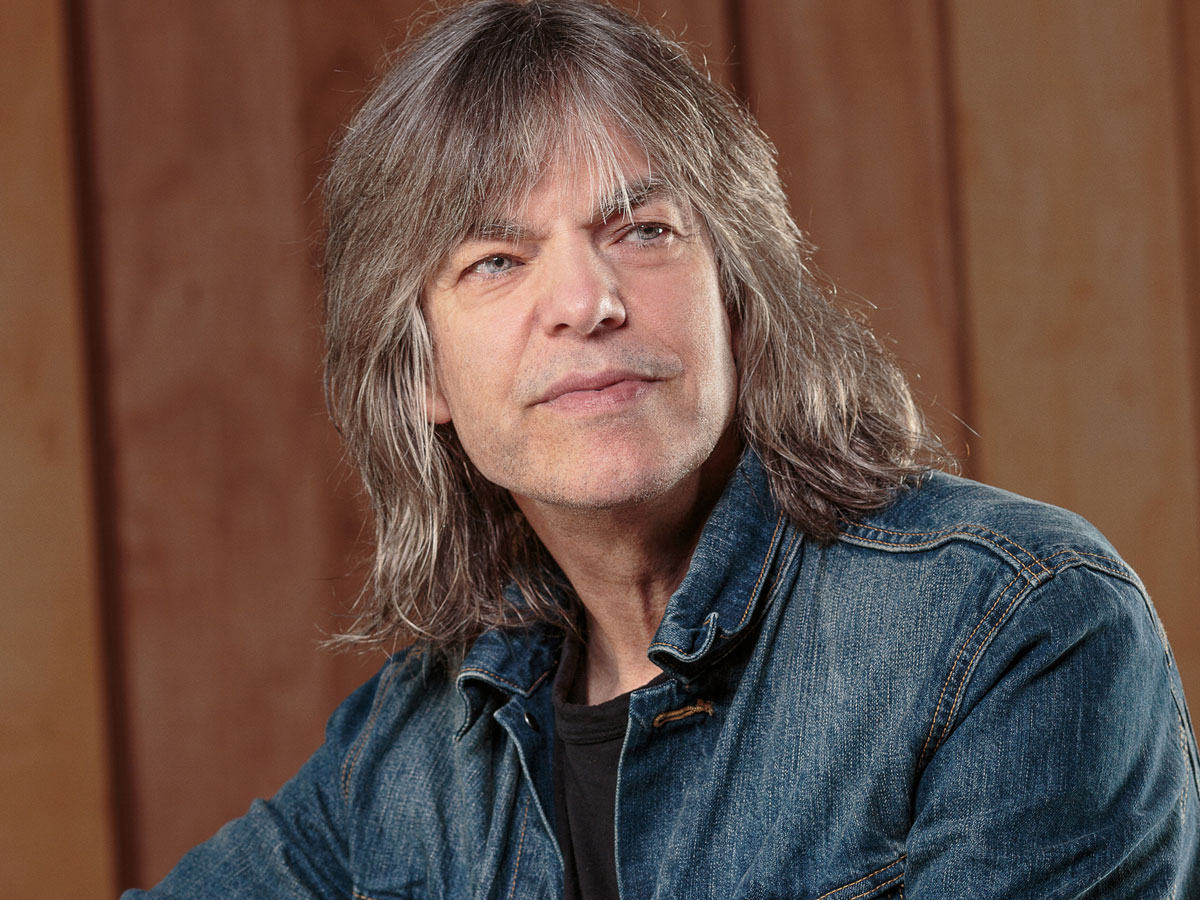
Striking a chord
On the evidence of tracks such as the serene Tidal, you both seem to favour lush-sounding chords, such as add9 and minor 9 chords, too...
“The chords, as you say, are kind of fat- sounding when they need to be. But then sometimes you barely hear them, because we don’t want to crowd the song - just because you know a great voicing, you don’t want to just throw it everywhere. You know what I mean: when somebody else is playing their s**t? So Eric’s got a good sense for space as well, and I always try to do that, too, behind him.
“So there was plenty of room to play, but also to add some more orchestration in our playing where it was appropriate. And I love the way Eric does that. He comes up with this really cool stuff: Bill Frisell kind-of chord voices.
"My tendency is to dig into the time; that’s kind of my natural tendency. But Eric kind of floats over the time sometimes. And it’s beautiful"
"I used to play with Bill absolutely non-stop when we were in Boston together, and I used to do the same thing with Jaco [Pastorius], too. You know, we’d like get together in a room and forget time passing - it would just be like 12 hours later. Well maybe not quite 12 hours. But actually with Jaco, maybe it was because we had a lot of... help from Peru in those days [laughs].”
When you’re playing alongside other guitarists, do you borrow ideas from their style that stay in your toolbox thereafter?
“I just try to copy as much stuff from... usually from horn players I’m playing with, or other guitar players - I did this tour with John Scofield, and that was really fun. But this thing with Eric is more involved. I just dig what he knows. Maybe he doesn’t know all the jazz - I mean, he’s a good jazz player. Really good. But he’s not a good reader. He’s got a great ear: he’s got perfect pitch. I didn’t even realise that until like four weeks after we’d been playing together.
“And it [playing alongside Eric] reminded me of earlier days before I got into jazz, when I was checking out Roy Buchanan a lot. I had his old guitar years ago - I bought it from Danny Gatton. And Danny was repairing guitars, in Washington DC where I grew up. I used to hear Danny play and he was un-f **king-believable.
"There was this country band [that Gatton played in], I wish they had recorded more. Because it was country, but he would sound like a banjo player and a pedal steel player and all kinds of s**t. An amazing accompaniment, because it was coming from this weird-ass place. And Eric has some of that s**t going on, too.
"So Eclectic has kind of taken me back in some ways to that: he’s got some pedal-steel licks that he does and some amazing ‘singing’ stuff that I love. And his playing floats over the time sometimes. My tendency is to dig into the time; that’s kind of my natural tendency. But he kind of floats over the time sometimes. And it’s beautiful.
“When I’m pushing and just trying to learn more, it makes me play with more heart and passion. It’s like watering the flowers, you know? It’s a gift to love music, and then you’ve got to water the flowers. You’ve got to nurture the gift to keep it alive. And that’s how I do it. But it’s fun as hell - keeps me from stealing hubcaps [laughs].”
Eclectic by Eric Johnson and Mike Stern is out now on Concord Music.
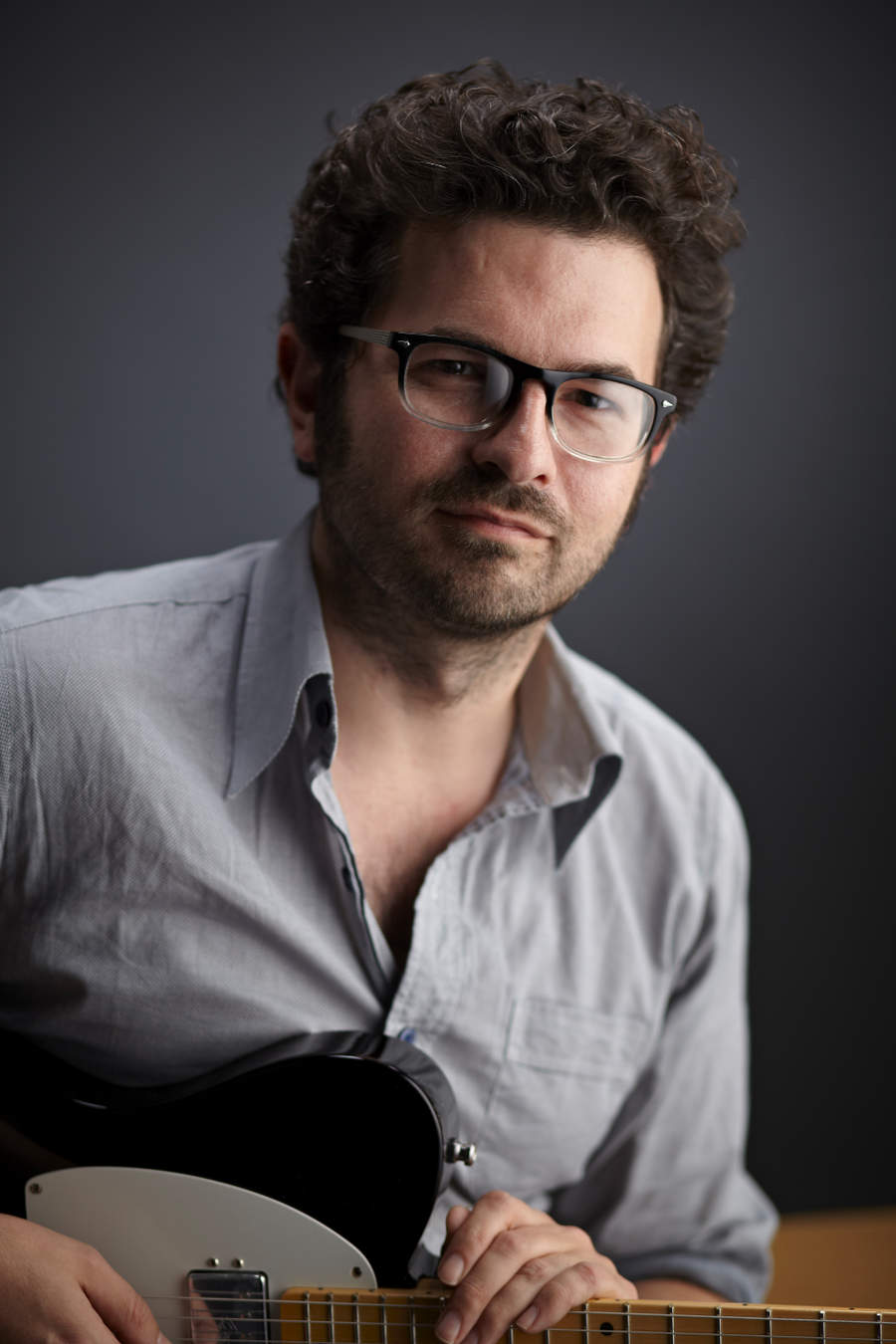
Jamie Dickson is Editor-in-Chief of Guitarist magazine, Britain's best-selling and longest-running monthly for guitar players. He started his career at the Daily Telegraph in London, where his first assignment was interviewing blue-eyed soul legend Robert Palmer, going on to become a full-time author on music, writing for benchmark references such as 1001 Albums You Must Hear Before You Die and Dorling Kindersley's How To Play Guitar Step By Step. He joined Guitarist in 2011 and since then it has been his privilege to interview everyone from B.B. King to St. Vincent for Guitarist's readers, while sharing insights into scores of historic guitars, from Rory Gallagher's '61 Strat to the first Martin D-28 ever made.

